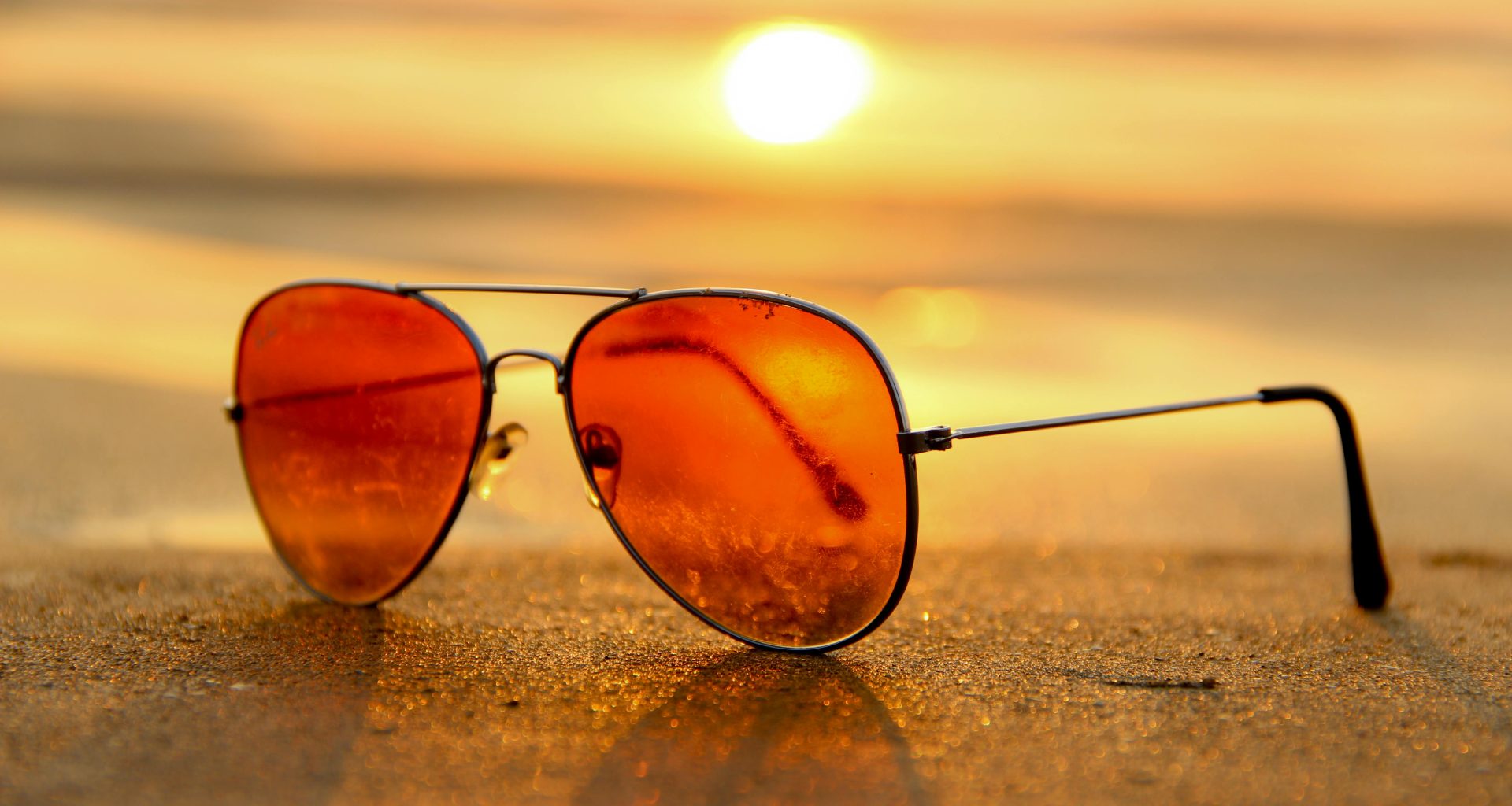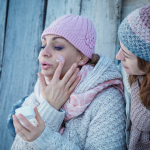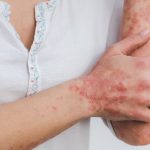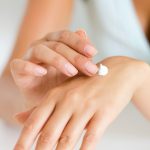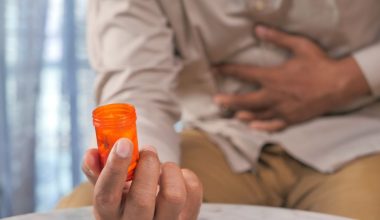Summer is finally here and it’s time for Canadians to refill our depleted vitamin D reserves after a dark winter. The downside? With intense sun comes the risk of intense sunburn.
As someone with almost no melanin to speak of, I’ve been the victim of many painful sunburns. The discomfort, peeling, and itching is enough to turn me crabby for days.
I’ve often lamented to my sister – who inherited all of our mother’s Latina genes and has never experienced a sunburn in her 26 years – that while her skin turns a glowing golden in the sun, I turn red after a measly five minutes and cannot fathom the idea of leaving the house without a thick layer of sunscreen.
Being so prone to burns, I’ve spent hours looking for solutions (see below) and home remedies – lemon juice has been suggested to me a few times but has never worked, it just makes me smell like a salad.
In fact, you should avoid mixing citrus and sun, internally or externally. Many citrus fruits contain a compound that makes you more sensitive to sunburns, leaving you with what has been coined margarita burn.
Sunburns in Canada
First thing, it’s important to remember that it’s not only skin that can get sunburnt. Any part of your body exposed to the sun is at risk, including eyes and lips.
Almost 40 per cent of adults and 75 per cent of children in Canada report getting at least one sunburn per year.
Don’t know where to start with sunscreen? Read The Health Insider’s article: Top 10 Face Sunscreens for Summer 2023.
Burns in children are especially worrying. The more sunburns you get in life, the more at risk you are for skin cancer. There is a cumulative effect, and severe burns in childhood or adolescence puts you at higher risk of developing melanoma.
Kids rely on their parents to enjoy the sun safely. “Even one blistering sunburn in childhood or adolescence more than doubles your chances of developing melanoma later in life,” writes the Skin Cancer Foundation.

The following traits, most commonly found among young white males, put you at particularly high risk for sunburns:
- Lighter skin tones
- Freckles and/or moles
- Blue eyes
- Blond or red hair
- Autoimmune disorders
- Living close to the equator
- Participating in water activities
- Using certain medications or skin products
Sunburns can have severe side effects that take years to manifest. It’s well known that sun exposure contributes to skin cancer, but personally, I’ve never understood how. Now, with hours of research under my belt, I’m ready to help make it simple.
Sunburns and Cancer
Exposure to UV rays are the biggest risk factor for developing skin cancer – around 65 per cent of melanoma cases are due to UV radiation.
North America has the fourth highest rate of melanoma in the world and the Canadian Cancer Society predicts 11,300 new cases in 2024.
Of course, while sunburns tend to cause more damage to your skin, tanning still increases your risk because you’re still exposed to UV radiation.
It can be hard to tell how much sun you’ve gotten until a few hours later. The reason behind this is your immune system. It puts everything on hold while it tries to repair damaged and mutated skin cell DNA.
But immune cells can only fix so much. Some damage and genetic mutations are left behind and these cells are what can eventually develop into cancer.
Wear Sunscreen
Sunscreen is an essential tool for the enjoyment of the summer months, but it is greatly underutilized. Less than 40 per cent of Canadian adults wear sunscreen in the summer months.
While pigmentation does offer a small degree of natural sun protection, the darkest skin tone’s sun safety equivalent is SPF 13. This is not enough to be effective against sun damage.
Not sure what makes a sunscreen effective? Read The Health Insider’s article: Choosing the Right Sunscreen: Expert Advice for Maximum Protection.
Black skin will not turn red with exposure to UV radiation, but that doesn’t mean there’s no sunburn.
In fact, because it can be harder to see sun damage on darker skin tones, people of colour are often diagnosed with skin cancer during later stages, resulting in a worse chance of recovery.
Treating a Sunburn for Painless Recovery
Because of the important role your immune system plays in repairing sun damage, you can’t actually accelerate the healing process. But, you can make healing less painful, itchy, and uncomfortable in a few steps.
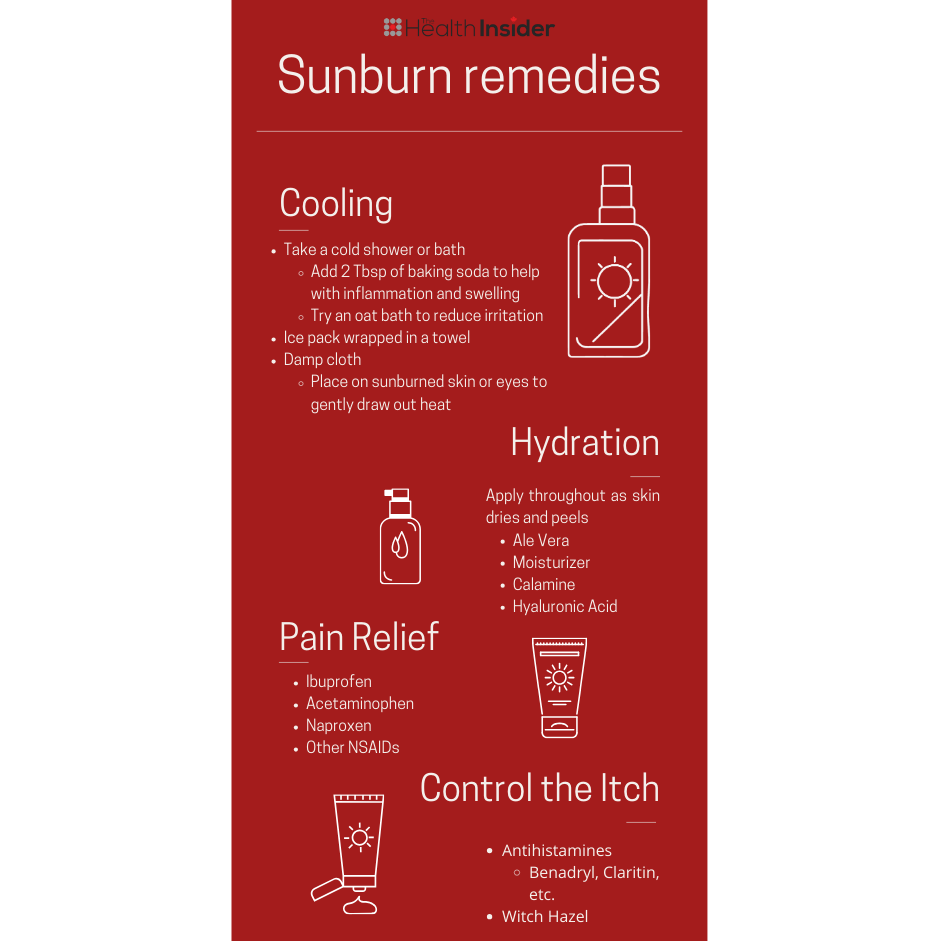
Step one: Get out of the sun. Get into shade or go inside, but don’t lounge in front of the window as glass doesn’t offer UV protection.
Step two: Cool the skin several times a day. Typically sunburns are hot to the touch; you want to draw that heat out. Be careful using ice. Since your skin is already oversensitive, you may not notice when the sting of heat becomes frostbite instead.
Step three: Remain hydrated and keep inflammation down. Drink lots of water for the next couple days. You can even combine steps two and three by putting creams in the fridge before application. Keep reapplying throughout.
Step four: Pain relief. Take whichever medication suits you best.
Step five: Stop scratching. Apply itch creams or medications to relieve you from the burdensome sensation.
Don’t Forget About Your Eyes and Lips
You can use these methods to treat sunburned lips as well. To avoid sunburn, wear lip balm with SPF 30 or higher. Symptoms should clear in 2-3 days.
Eyes can be more annoying and sunburns can cause extreme discomfort as every blink feels like crunching sand along your retinas. Draw the heat out using cold compresses or a cold towel laid across your eyes.
Remove contacts immediately and do not put them back in until your eyes have fully healed. Do your best not to rub your eyes as it can make symptoms worse. To avoid sunburns, wear sunglasses that block 100 per cent UV and wear a wide brimmed hat, which can reduce UV exposure by half.
Sunburns can often feel like an inevitable part of enjoying summer sunshine, but it doesn’t have to be. With sun protection knowledge under your belt, enjoy the rays safely and recover from burns better.
~ Read more from The Health Insider ~
- Skin Hydration for the Nation: Why Moisturizing Matters for CanadiansFrom flaky hands to chapped feet, the Canadian winter spares no one. Explore easy skincare fixes, lifestyle tweaks, and moisturizer must-haves for winter skin.
- Dermatology Reinvented – Virtually No More Wait TimesWaiting to see a dermatologist can be risky. Learn how virtual medicine is a game changer, for both wait times and standard of treatment.
- 11 Top Summer Hair and Skin Tips for Menopausal WomenHave you noticed that your hair and skin are suffering as you go through menopause? Read on to learn how to keep both radiant this summer.
- Sun is Good. Sunburn is Bad. Here’s What You Should Know.Almost everybody loves the warmth, beauty and nourishment of a sunny day, but without precautionary measures, the sun can also be a source of danger to your health.
- Amazing New Psoriasis Treatments: What’s Working in 2024Find out what doctors are doing differently for psoriasis treatment in 2024.
- Mastering Retinol: Your Ultimate Guide to Youthful SkinRetinol is effective in reversing signs of aging, but dermatologists are recognizing its potential in preventing skin aging. Though you can begin to use retinol at any age, starting in your 20s can push back initial signs of aging for years.
The information provided on TheHealthInsider.ca is for educational purposes only and does not substitute for professional medical advice. TheHealthInsider.ca advises consulting a medical professional or healthcare provider when seeking medical advice, diagnoses, or treatment. To read about our editorial review process click here.

